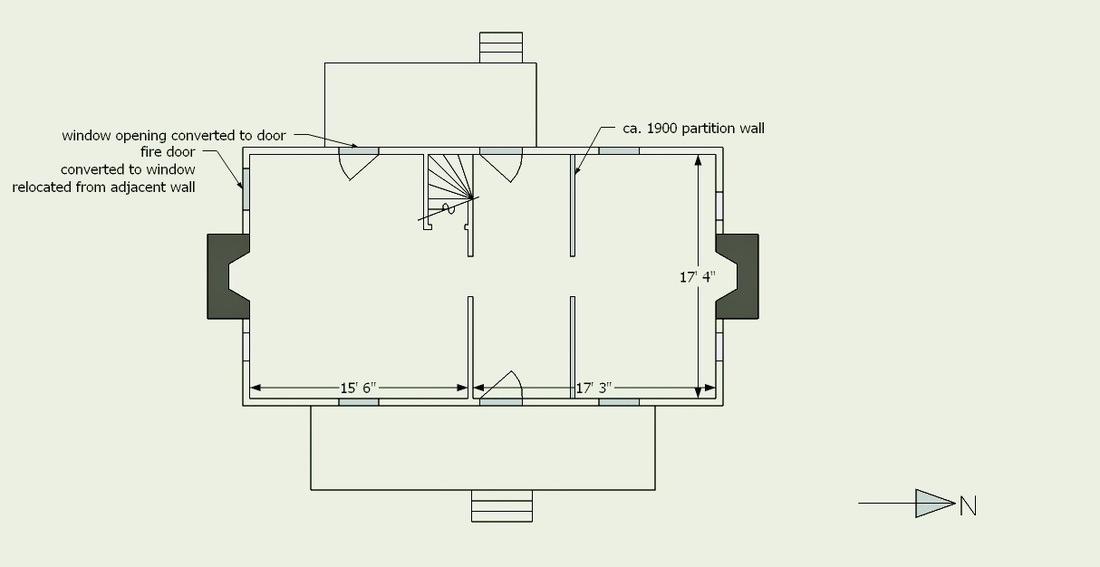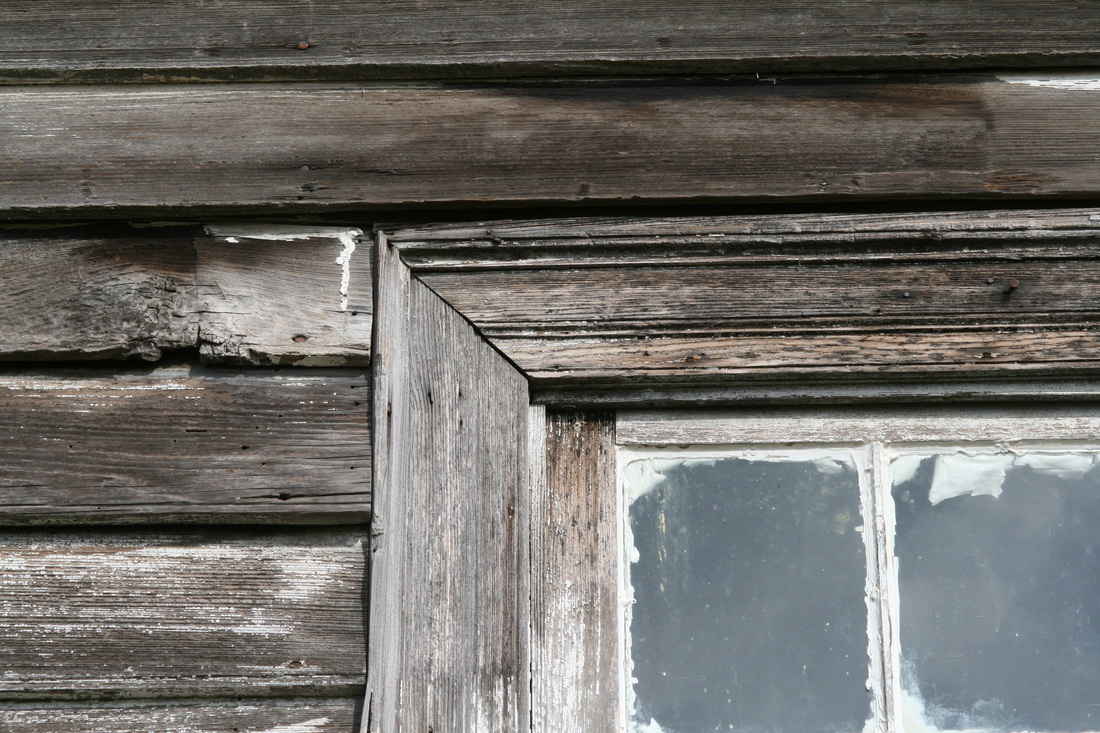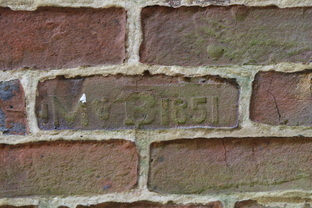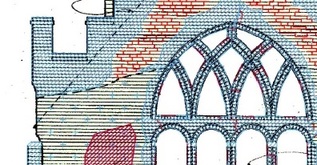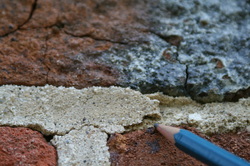Services
Southeast Preservation provides services for buildings and structures of all shapes and sizes; as well as for monuments and sites, including cemeteries. Historic resource surveys, historic structure reports, National Register nominations, condition assessments, and preservation plans are among the many services offered. Each falls into one or more of the following general types of preservation work as described below.
· Documentation
· Research & Investigation
· Condition Assessments
· Treatment Recommendations
· Project and Maintenance Planning
· Risk Assessment and Emergency Planning
It is the aim of Southeast Preservation to find a means to help every client work toward their preservation goal within their budget. For an individual estimate or consultation, use the “Contact” page to send an inquiry by e-mail or telephone 985.514.7802.
Documentation is the baseline for all preservation and conservation. It should be the starting point for any project and continue through the duration of any work on an historic structure. Documentation services provided include all that may be appropriate for the particular structure or site. Typical basic documentation includes photographs and text and may incorporate measured drawings. Through whatever medium is most apt, good documentation records as much pertinent information as possible, including materials, physical attributes, climatic conditions, colors, plans and orientation, uses and changes.
· Documentation
· Research & Investigation
· Condition Assessments
· Treatment Recommendations
· Project and Maintenance Planning
· Risk Assessment and Emergency Planning
It is the aim of Southeast Preservation to find a means to help every client work toward their preservation goal within their budget. For an individual estimate or consultation, use the “Contact” page to send an inquiry by e-mail or telephone 985.514.7802.
Documentation is the baseline for all preservation and conservation. It should be the starting point for any project and continue through the duration of any work on an historic structure. Documentation services provided include all that may be appropriate for the particular structure or site. Typical basic documentation includes photographs and text and may incorporate measured drawings. Through whatever medium is most apt, good documentation records as much pertinent information as possible, including materials, physical attributes, climatic conditions, colors, plans and orientation, uses and changes.
Research & Investigation is essential in augmenting and interpreting visually observable evidence. Understanding a historic structure requires the application of techniques from many fields. Historic research often combines primary sources such as deeds, building contracts and photographs with secondary sources such as
published architectural or local histories. Building investigation uses nondestructive and minimally invasive techniques to examine building materials, construction methods and layers to read the physical story of the structure’s development. Materials sampling and analysis may also be a recommended form of investigation. Southeast Preservation does not provide in-house materials analysis, but does execute sampling and directs samples to the appropriate professional. In addition Southeast Preservation will work with the lab technicians and conservators performing the materials analysis to ensure that they have all necessary project information and that the testing is appropriate to the needs of the investigation. Research and investigation may be compiled into documents like historic structure reports or National Register nominations. Research and investigation may also be combined with conditions assessments and treatment recommendations to create project and maintenance plans.
published architectural or local histories. Building investigation uses nondestructive and minimally invasive techniques to examine building materials, construction methods and layers to read the physical story of the structure’s development. Materials sampling and analysis may also be a recommended form of investigation. Southeast Preservation does not provide in-house materials analysis, but does execute sampling and directs samples to the appropriate professional. In addition Southeast Preservation will work with the lab technicians and conservators performing the materials analysis to ensure that they have all necessary project information and that the testing is appropriate to the needs of the investigation. Research and investigation may be compiled into documents like historic structure reports or National Register nominations. Research and investigation may also be combined with conditions assessments and treatment recommendations to create project and maintenance plans.
Condition Assessments provide detailed information regarding the state of a structure, building, site or object’s components. An assessment may be a general overview of all conditions or a focused examination of one specific area of concern. Assessments serve to diagnose the severity and contributing causes of conditions and help to establish priorities for immediate and future intervention. Depending on the purposes of an assessment, it may employ only observable evidence as in a more general survey, or may utilize more extensive investigation, troubleshooting and analysis. Condition assessments are provided in the form of written reports, supported by
photographs. Laura Blokker is an approved architectural assessor for the Conservation Assessment Program (CAP) of Heritage Preservation.
photographs. Laura Blokker is an approved architectural assessor for the Conservation Assessment Program (CAP) of Heritage Preservation.
Treatment Recommendations take into account the physical properties determined by the condition assessment, along with a structure’s history, and present and future uses to determine the most
suitable and sympathetic approach to intervention. Treatment is a term used particularly in the field of conservation rather than simply repair or work and it implies the approach of protecting from harm, the emphasis on reversibility and the specialized skills which are essential to the profession. Treatments utilize combinations of traditional craft and contemporary scientific methods, tools, and materials to best preserve historic fabric. Treatment recommendations are provided in the form of a written report.
Southeast Preservation will also provide some treatment implementation training and project oversight on a limited basis. Specialties include treatment implementation for historic plaster and masonry, such as crack filling, patching, readhesion, limewashing, and repointing.
suitable and sympathetic approach to intervention. Treatment is a term used particularly in the field of conservation rather than simply repair or work and it implies the approach of protecting from harm, the emphasis on reversibility and the specialized skills which are essential to the profession. Treatments utilize combinations of traditional craft and contemporary scientific methods, tools, and materials to best preserve historic fabric. Treatment recommendations are provided in the form of a written report.
Southeast Preservation will also provide some treatment implementation training and project oversight on a limited basis. Specialties include treatment implementation for historic plaster and masonry, such as crack filling, patching, readhesion, limewashing, and repointing.
Project and Maintenance Planning is indispensable in guiding work which will meet expectations, be accomplished by appropriate means, be executed in a timely fashion and conform to budgetary
constrictions. Project planning may include specifications, budgets timelines, annotated photographs, drawings and treatment mock-ups. Maintenance planning is often overlooked, but routine and cyclical maintenance is the best means of preservation. A maintenance plan will ensure that important items are anticipated so that they may be attended to and unnecessarily costly repairs avoided.
constrictions. Project planning may include specifications, budgets timelines, annotated photographs, drawings and treatment mock-ups. Maintenance planning is often overlooked, but routine and cyclical maintenance is the best means of preservation. A maintenance plan will ensure that important items are anticipated so that they may be attended to and unnecessarily costly repairs avoided.
Risk Assessment and Emergency Planning is a severely overlooked aspect of heritage resource preservation.
Advance preventative measures against the potential effects of a disaster and a plan to respond quickly in the
aftermath will always ensure that a cultural resource will survive a disaster more intact and recover at less
expense.
All services are executed in accordance with the Code of Ethics and Guidelines for Practice of The American Institute for Conservation of Historic & Artistic Works (AIC) and the Secretary of the Interior’s Standards for the Treatment of Historic Properties.
Advance preventative measures against the potential effects of a disaster and a plan to respond quickly in the
aftermath will always ensure that a cultural resource will survive a disaster more intact and recover at less
expense.
All services are executed in accordance with the Code of Ethics and Guidelines for Practice of The American Institute for Conservation of Historic & Artistic Works (AIC) and the Secretary of the Interior’s Standards for the Treatment of Historic Properties.
Proudly powered by Weebly
